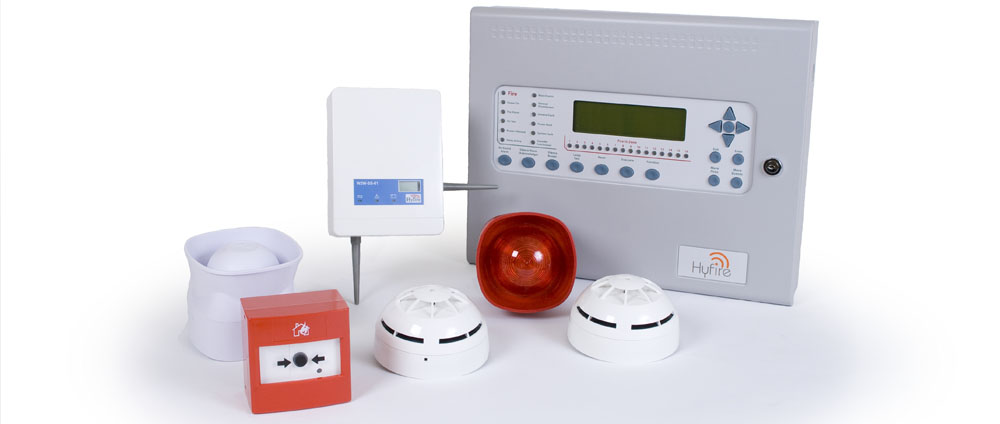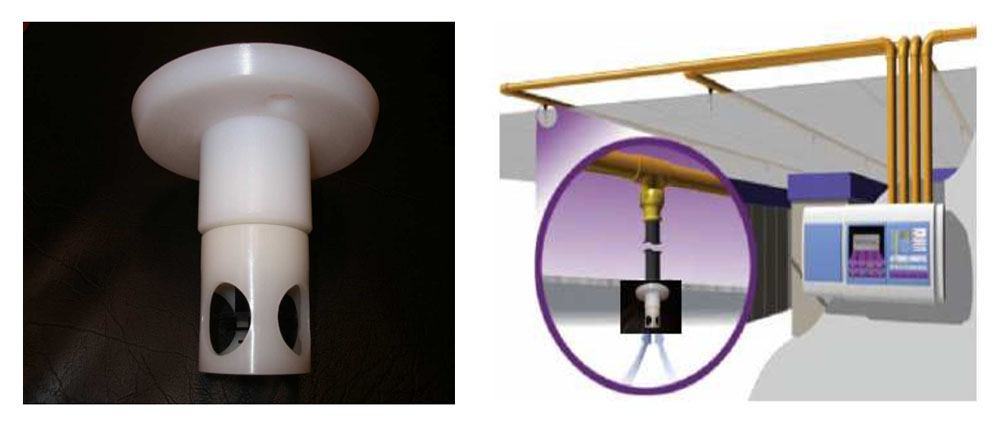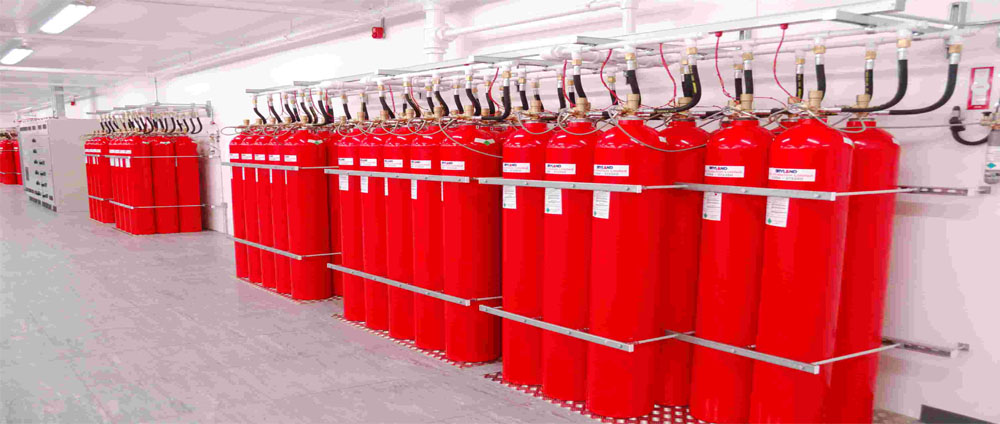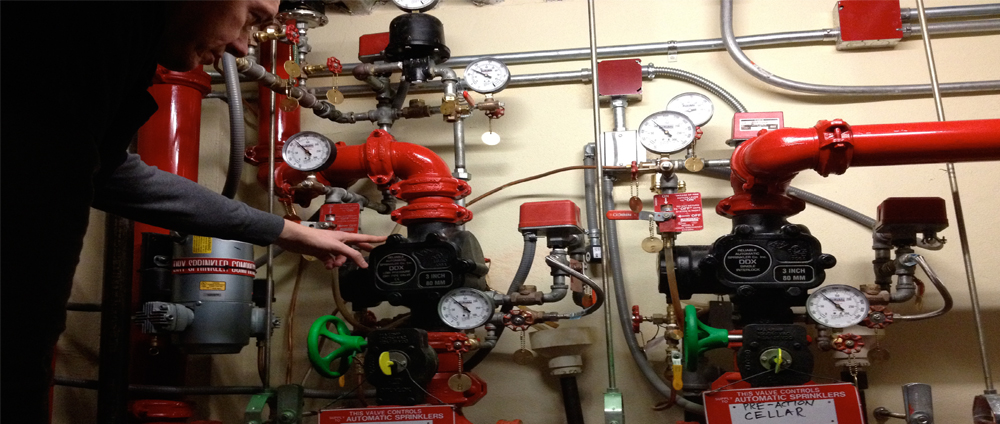
Wireless Fire Alarm
EG-TEK design and installs wireless fire detection and alarm systems to new levels of reliability and flexibility. Our system utilises the latest wireless technologies to provide rapid, yet economic wireless fire system installations with the minimum of disturbance to the surroundings.


Air Sampling (VESDA)
VESDA is simply a laser based smoke detector, which means it is a very good smoke detector! VESDA smoke detectors have been operating in specialist fire detection applications for over 20 years


Fire Suppression
FM-200® (Heptafluoropropane) is a compound of carbon, fluorine and hydrogen (CF3CHFCF3). HFC-227ea is a fast acting clean agent fire suppression gas with a wide range of benefits and applications.


Smart Monitoring
EG-TEK offers fire alarm monitoring services to provide peace of mind to business owners who want a national team of monitors looking after life and property housed within the protected facility. in addition to fire alarms, EG-TEK provides monitoring of supervisory signals for sprinklers malfunction and trouble signals indicating electrical malfunction.


Maintenance
Today, some of the largest and most successful companies in the world trust EG-TEK to serve and maintain their fire systems. Those same companies protect their most valuable assets and mission critical processes. In fact, over the past one and a half decades, EG-TEK’s service team has and continues to provide unmatched performance when it comes to Testing, Inspecting and Maintenance of your fire systems.


